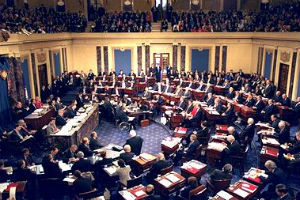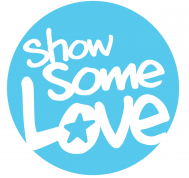Organizational messaging can drive donors to action or bore them to tears, the difference drastically affecting willingness to provide support.
Nearly three-quarters (72 percent) of donors indicate that organizational content has bearing on their decision of whether or not to donate. Common reasons for not donating because of content include messages being too vague (35 percent); programming featured that the donor is not interested in (25 percent); and, dull and boring messaging (24 percent).
The data is from Abila’s Donor Loyalty Survey. The Austin, Texas-based software provider’s survey is based on responses from 1,136 donors who have made at least one donation during the past 12 months. For the full survey results, visit http://www.abila.com/lpgs/donorloyaltystudy/
The survey revealed that donors prefer messaging to be short and sweet. Three-quarters prefer a short, self-contained email with no links, while a two or three paragraph letter or article (73 percent), email with links to other articles (65 percent) and YouTube videos less than two minutes long (60 percent) are also popular.
Videos longer than 10 minutes (36 percent) and podcasts (31 percent) are the least preferred content types. Posts to Facebook are favored compared to Twitter posts 53 percent to 37 percent.
Three is a useful number for content producers to keep in mind. At the three-minute mark in videos, the minority of donors, 45 percent, is still paying close attention. Similarly, just 44 percent of donors are still reading written content intently at three paragraphs. Attentions continue to wane as the minutes and paragraphs accumulate.
Short videos are identified in the report as the most likely medium to spur action, be easily understood and convey a powerful story. Brief letters or articles do best in communicating information and are the most likely to keep donors engaged with the organization.
Other key findings from the report include:
- The younger the donor, the more they want to hear from an organization. The vast majority of Millennials, 72 percent, want to be communicated with at least monthly, while 33 percent would like to be reached out to at least once a week. Gen Xers, 62 percent and 26 percent, Baby Boomers, 48 percent and 11 percent, and Matures 34 percent and 16 percent, prefer less frequent messaging;
- Personalizing messages can be effective, but might also stand at the top of a slippery slope. Personalization increases engagement for 71 percent of donors, while 15 percent of donors are creeped out by such efforts – becoming less engaged;
- Religious, 45 percent, and health, 45 percent, causes are the most preferred subsectors followed by social services, 43 percent, animal welfare, 41 percent, children’s charities, 35 percent, and education, 31 percent. Interest in religious causes is falling off among younger donors, failing to make it into the top three causes among Millennials and Gen Xers despite topping the list for Baby Boomers and Matures. Social services top the priority list for Millennials and Gen Xers, while health-related causes made the top three in all four age groups; and,
- Donors want to see their money going directly to those in need. A whopping 92 percent of donors are happy or fine with funds going directly to service. Lobbying is the least popular expenditure among donors, with 44 percent of donors indicating that they are disappointed or angered if their contributions are being used that way.












